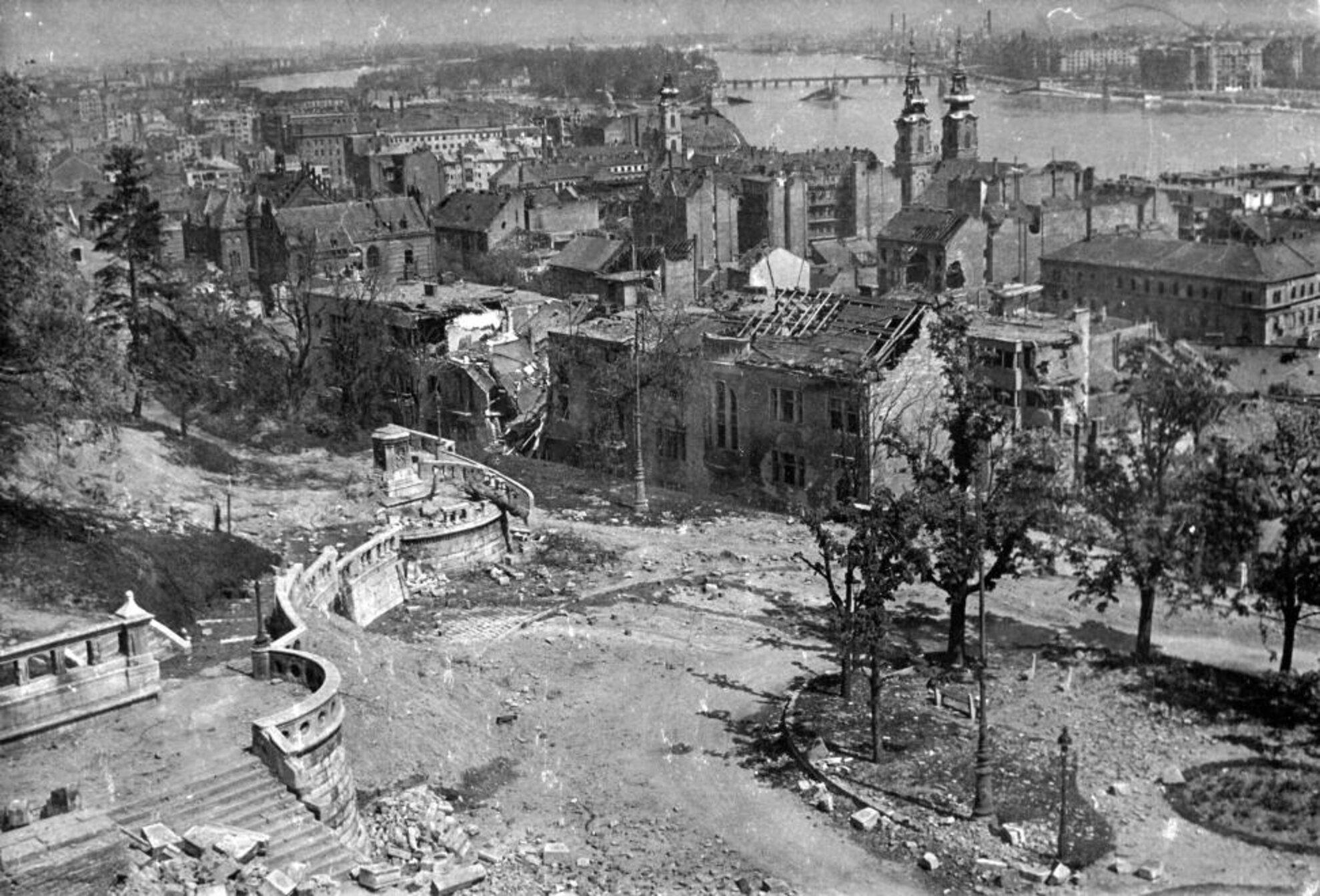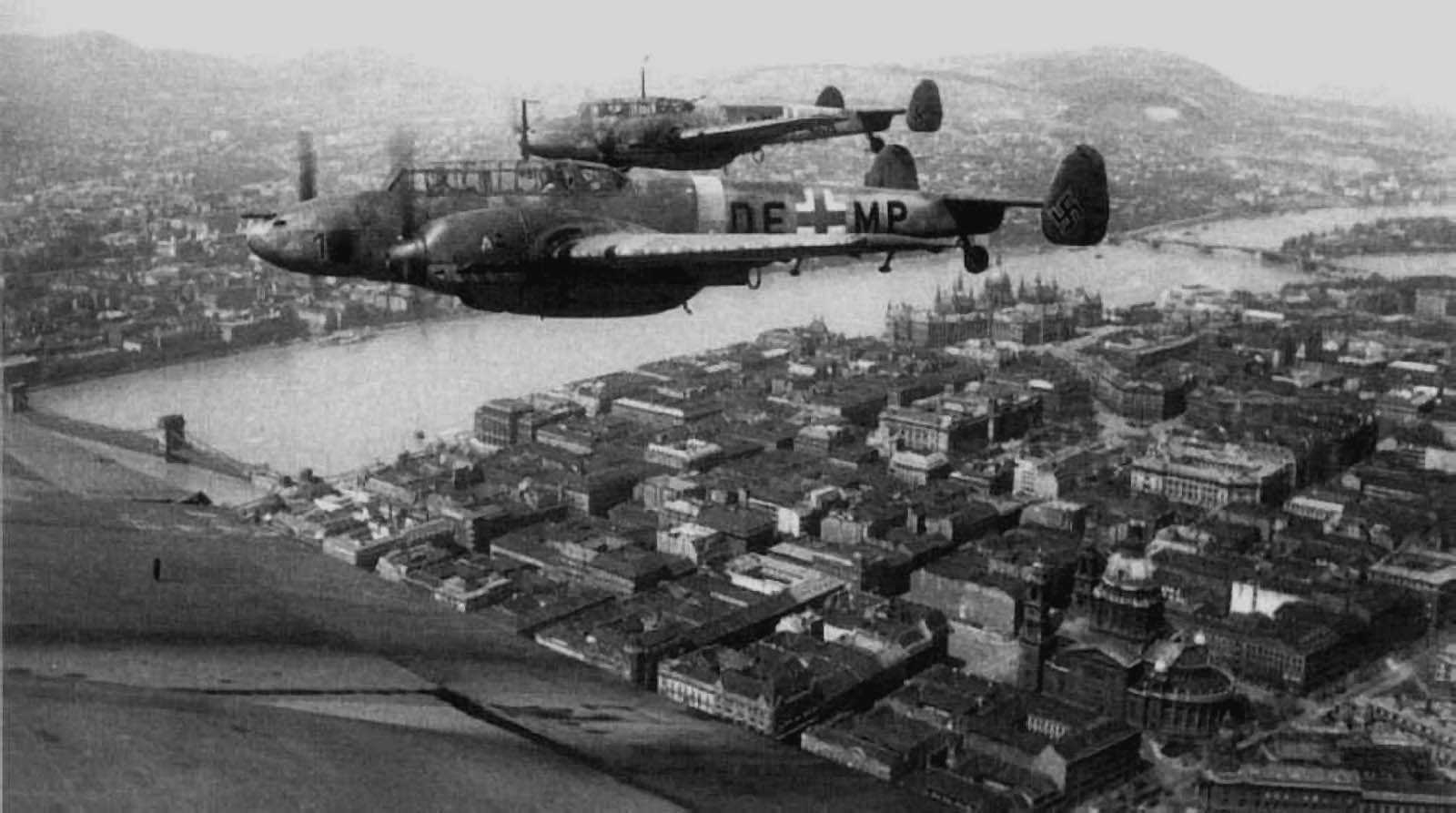Budapest was not properly armed or provisioned to be a front-line city during World War II, and most Hungarians – even the few leaders who actively supported the Third Reich – never expected to face Russian soldiers in their own backyards. However, as the Red Army had rapidly advanced across eastern Hungary by early December of 1944, and Hitler declared Budapest as a fortress that should be defended to the death of the last man standing, the Magyars were suddenly trapped between a fanatically desperate “ally” that forbade any evacuation and the Soviet Union’s overwhelming military might. The encirclement of Budapest was complete by December 26, yet the house-to-house battle continued until mid-February, by which point some 160,000 people were dead on both sides – including approximately 38,000 civilians.
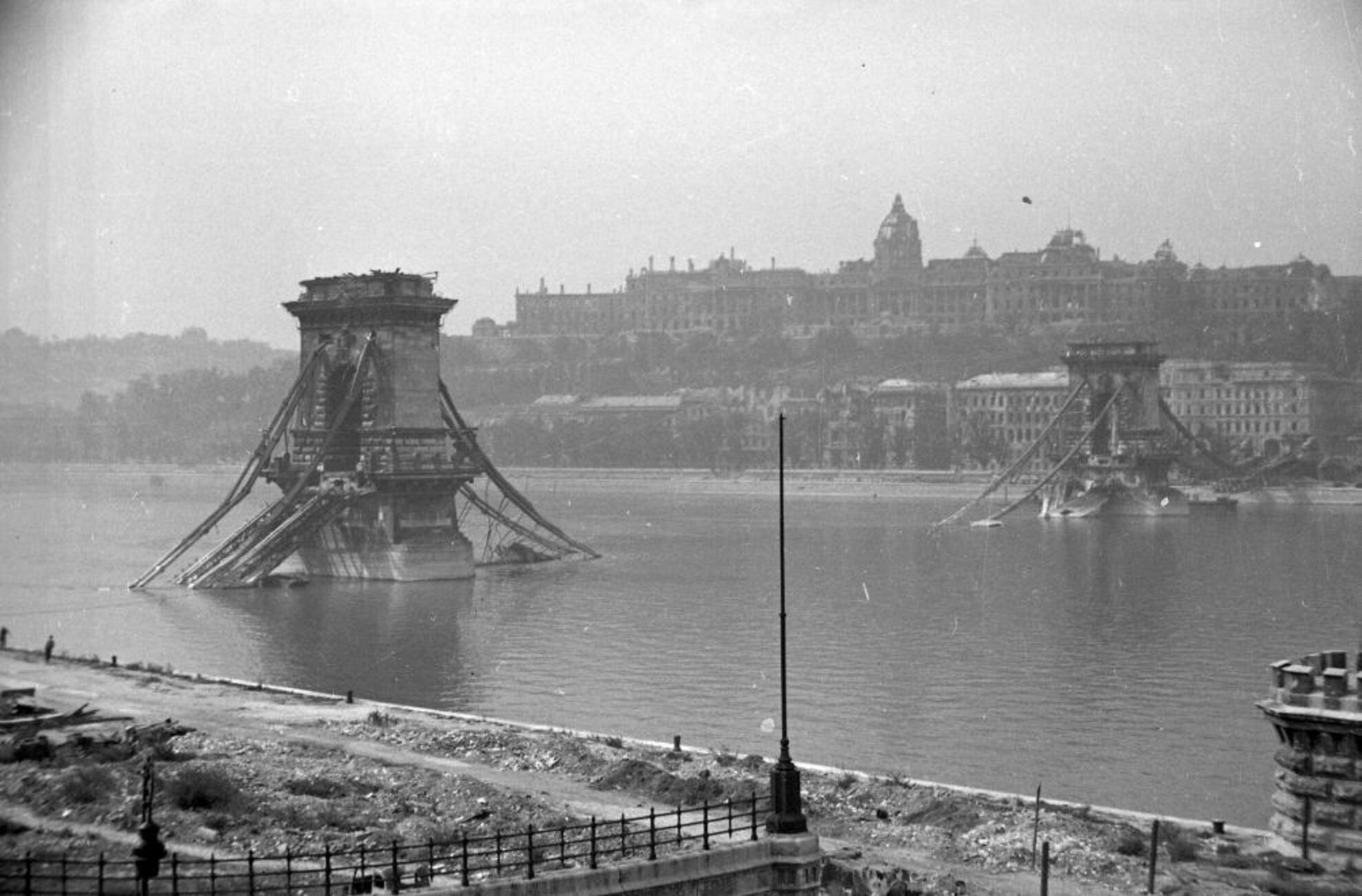
Below we share a collection of photographs that capture the total destruction of Budapest during that horrible episode of history, with great appreciation for the work of Krisztián Ungváry (author of Battle for Budapest, the authoritative account of the siege, available in English), as well as the photographers who captured the Siege of Budapest and its aftermath (in particular, Dr. István Kramer). We are grateful to live in Budapest during these peaceful times, and hope that fate never brings the return of such circumstances faced by the Magyars of 70 years ago.The Battle for PestWith its ring roads heavily defended in anticipation of the Red Army's arrival, Pest was initially fairly well prepared to withstand the Soviet attack, but when Stalin's forces unexpectedly crossed the Danube to the south of the city and began attacking Buda from the west in mid-December 1944, many Pest-based German-Hungarian forces had to be relocated to Buda, weakening Pest's defensive lines and leading to its fall in mid-January 1945 – by which point all of Budapest's bridges were destroyed.Russian soldiers advancing on the Pest ring road
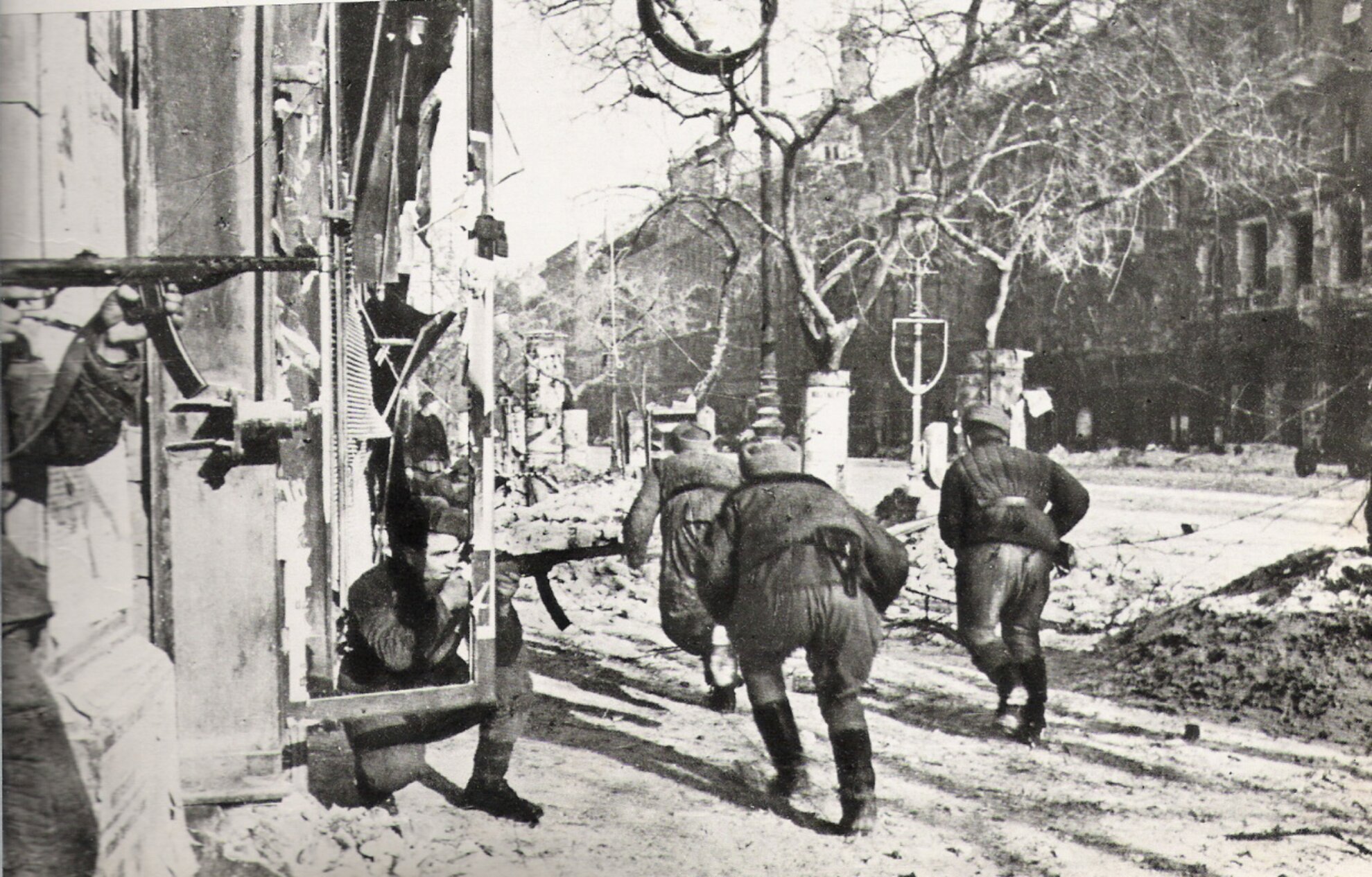
Deák Ferenc Square
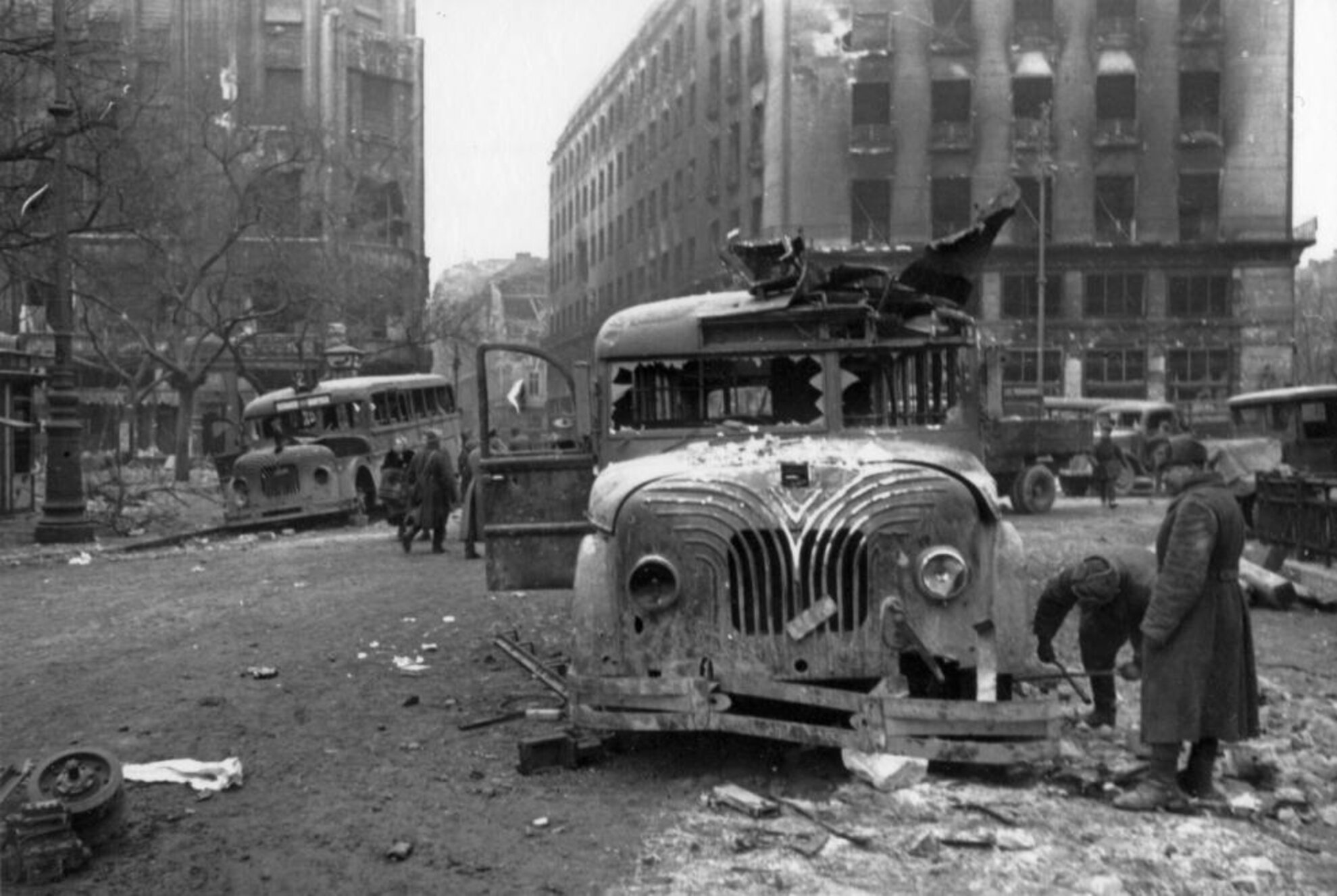
Astoria
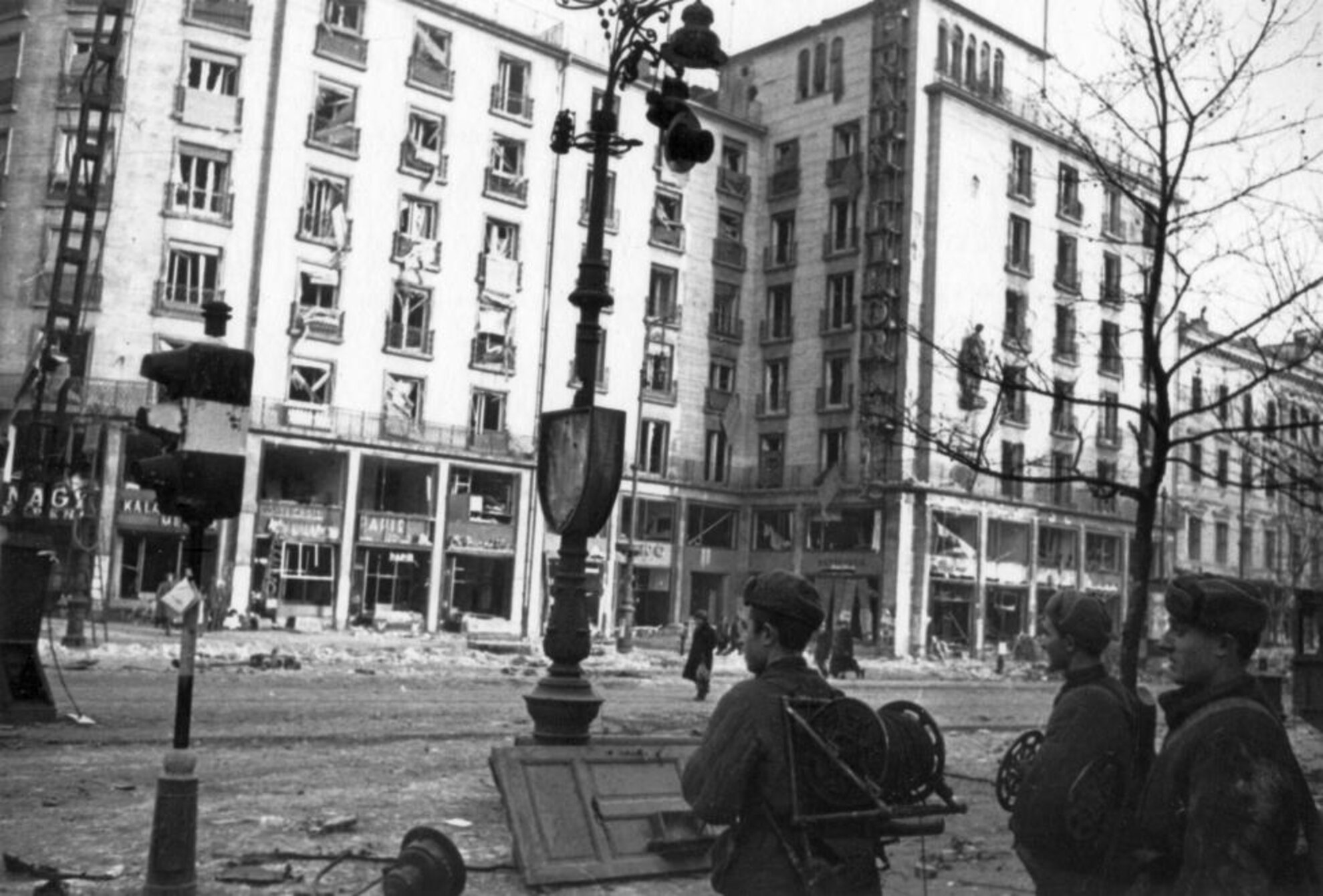
Danube Promenade
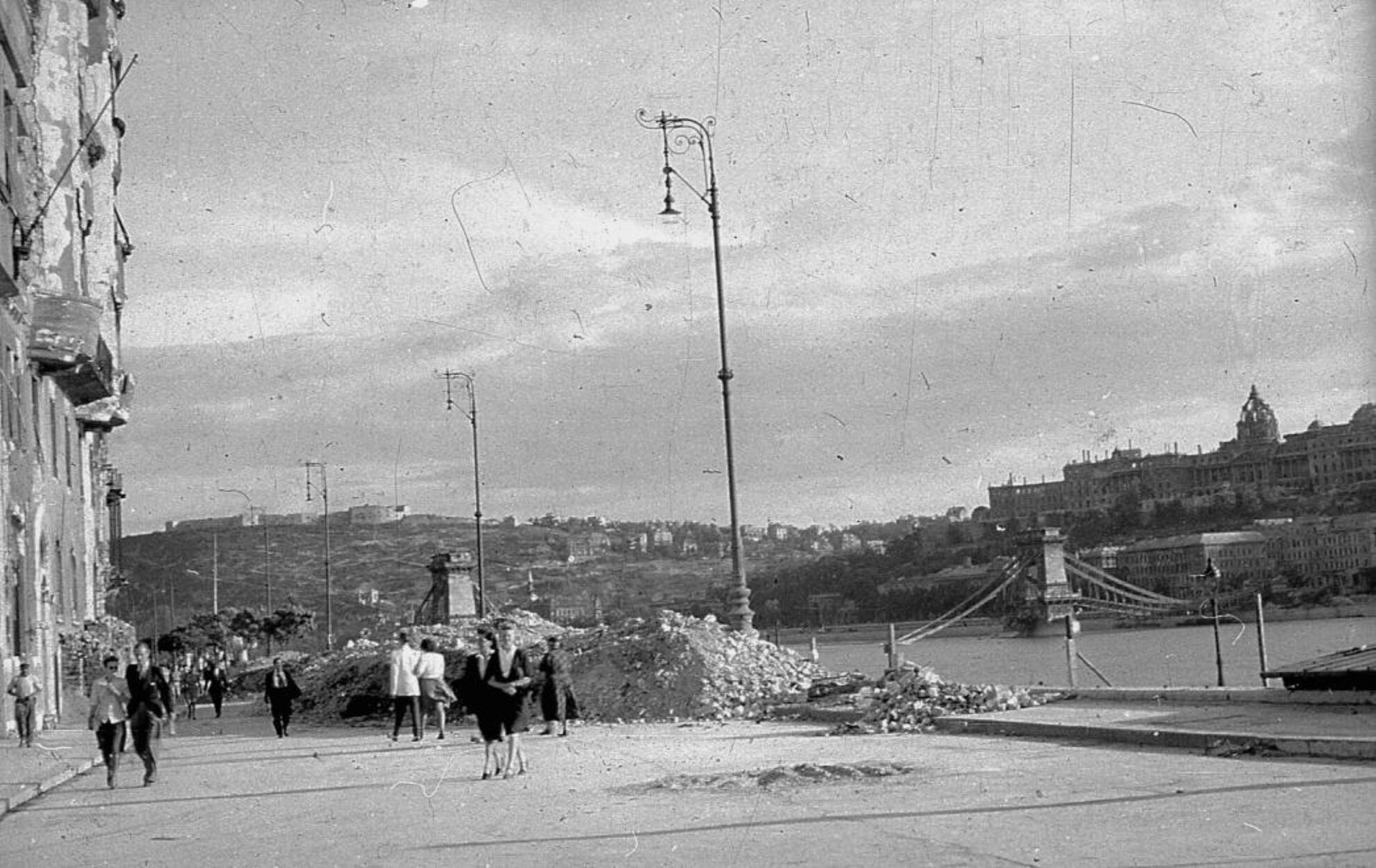
Erzsébet Bridge
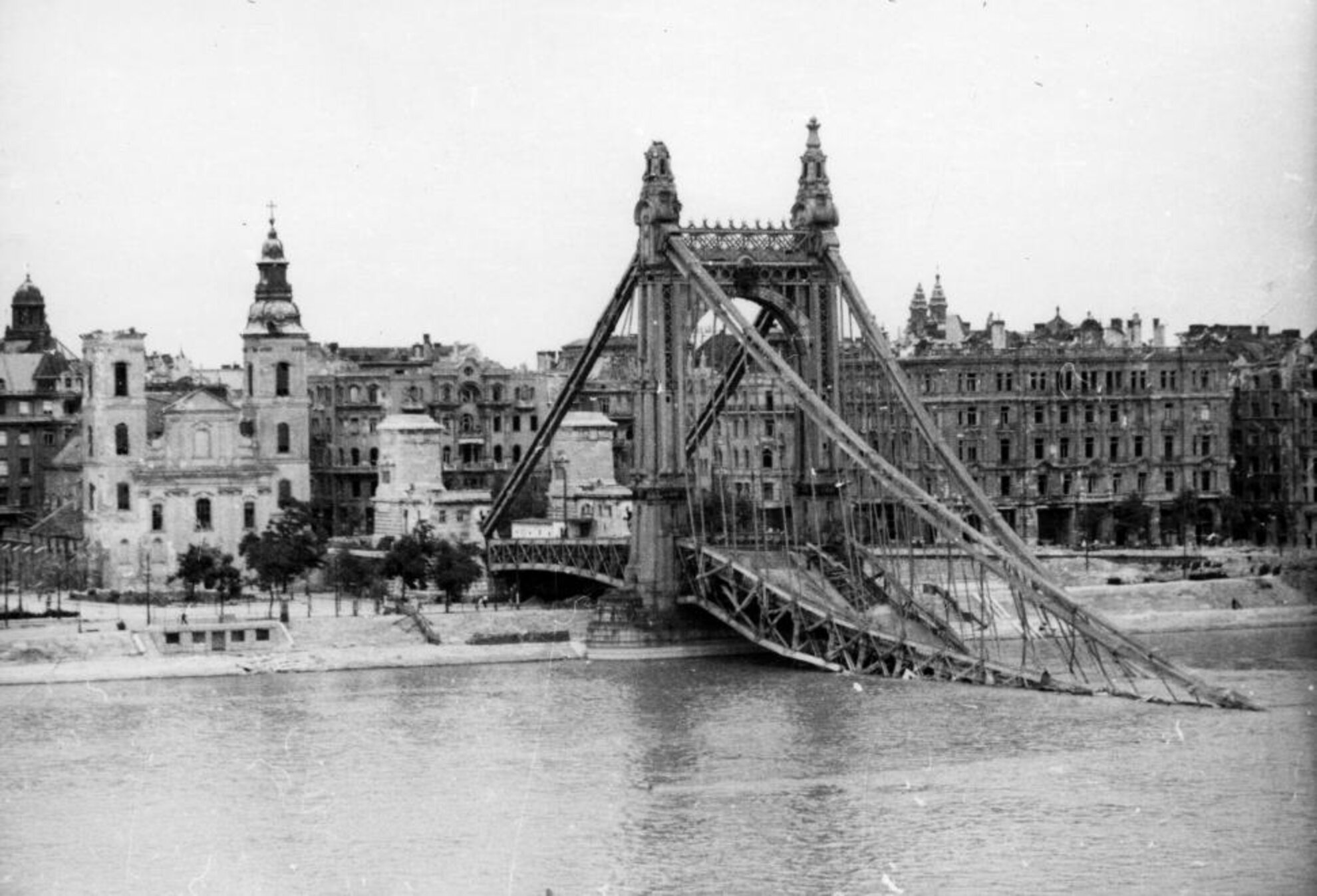
Nyugati Station
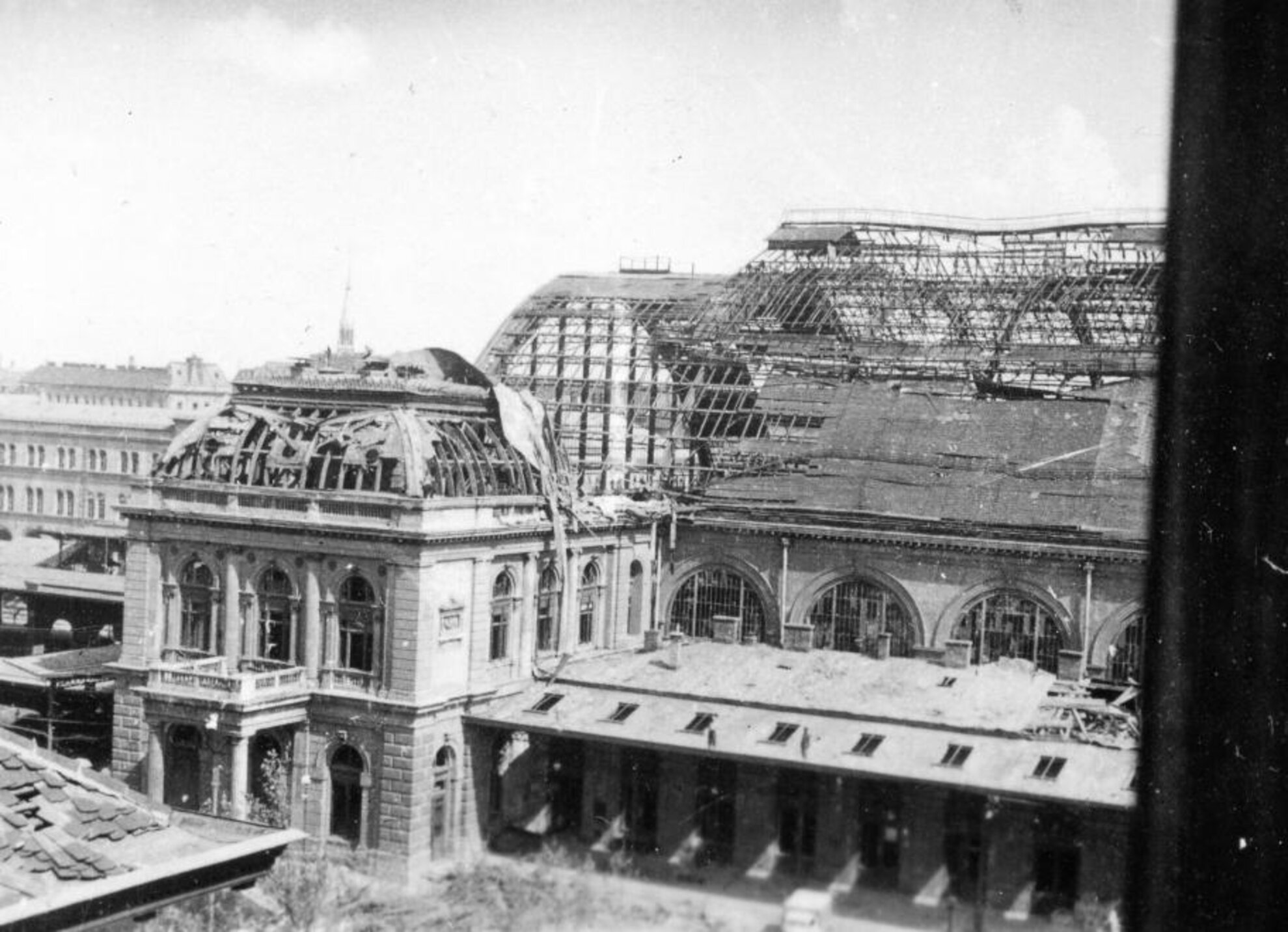
The Battle for BudaAlthough the situation was already hopeless for the Hungarians huddled in cellars across Buda after the fall of Pest, the battle continued until mid-February, with a defensive line held around Castle Hill. On February 11, the first wave of a massive breakout attempt saw thousands of famished soldiers and civilians try to rush past the Soviet line at Széll Kálmán Square, with the vast majority of them almost immediately killed or taken prisoner. By mid-February, the last breakout attempts concluded, and the Siege of Budapest was finally over... only for Hungary's long era of Soviet domination to begin.
To this day, remnants of Budapest's history during World War II remain visible on the bullet-riddled walls of many buildings throughout Hungary's capital.The tunnel beneath Castle Hill, where the German and Hungarian command bunkers were located during the siege
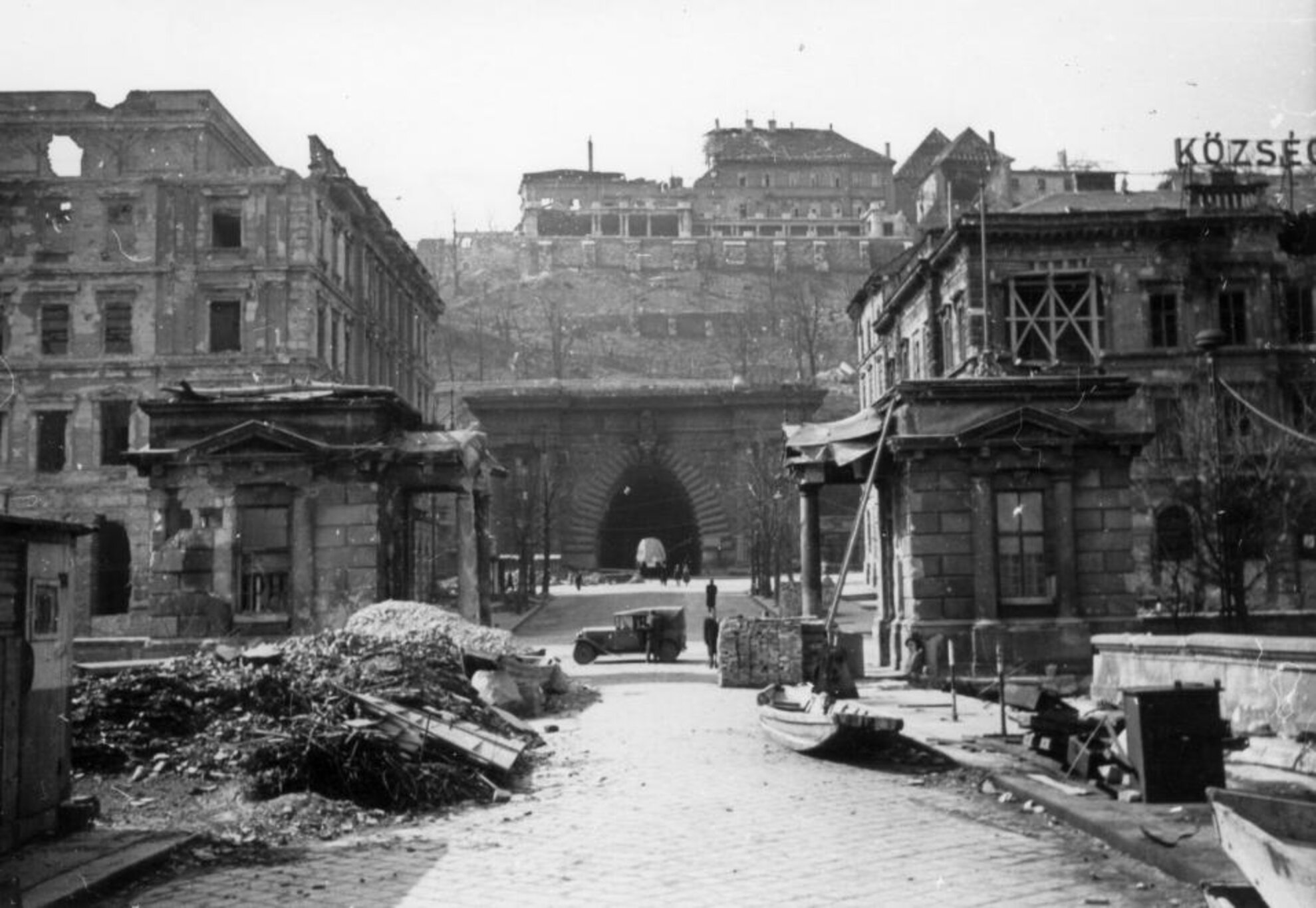
Royal Palace
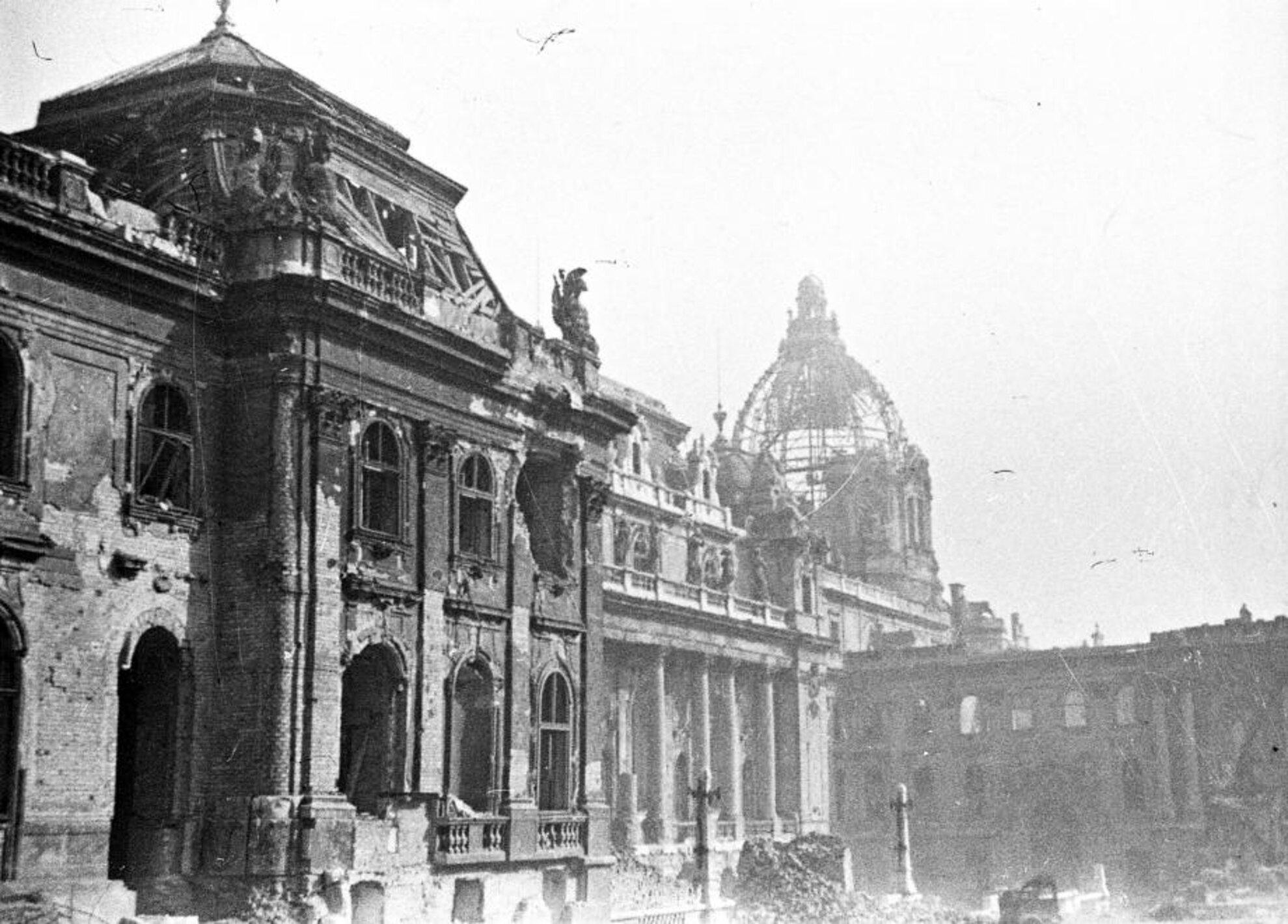
Fishermen's Bastion
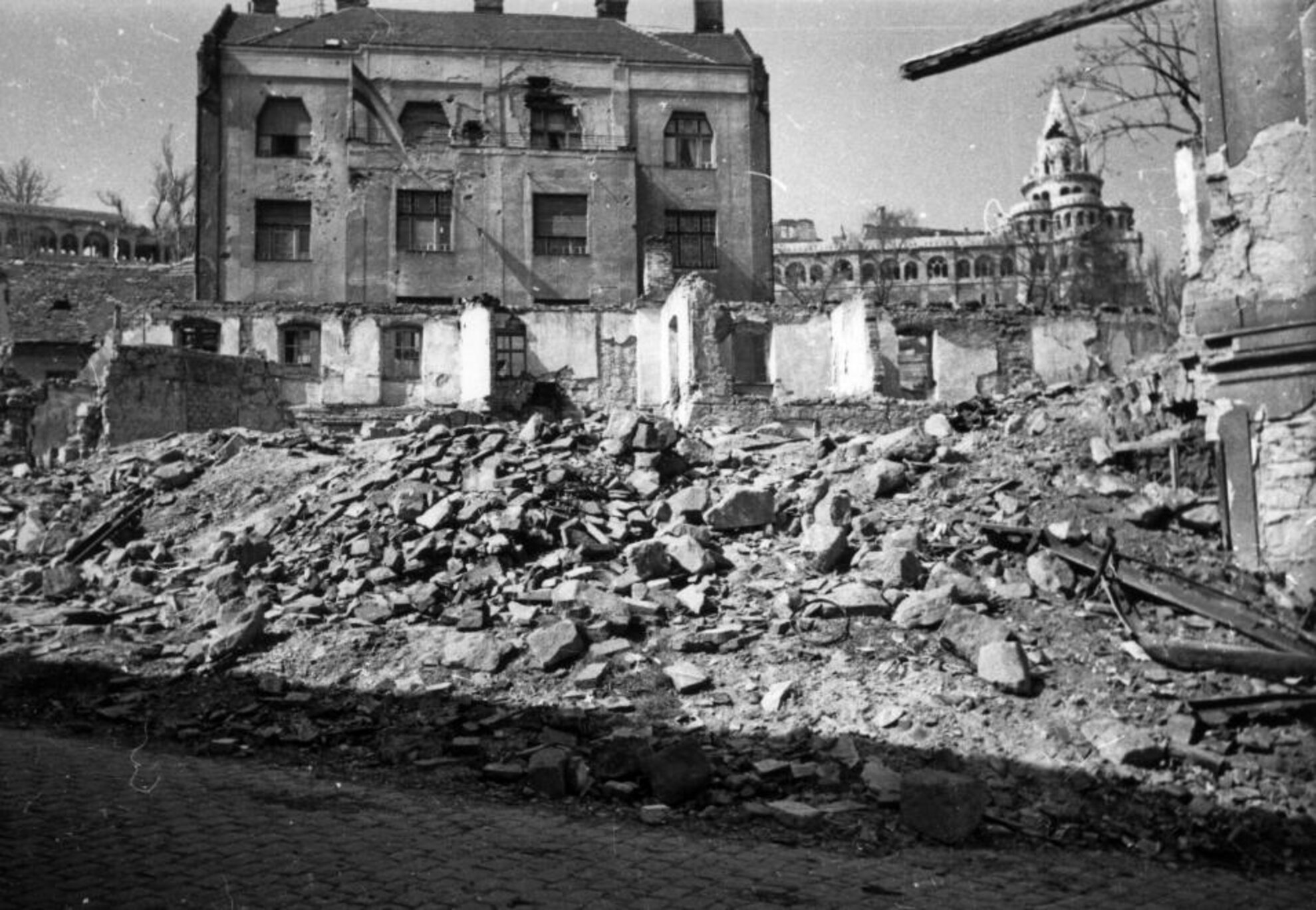
Citadel
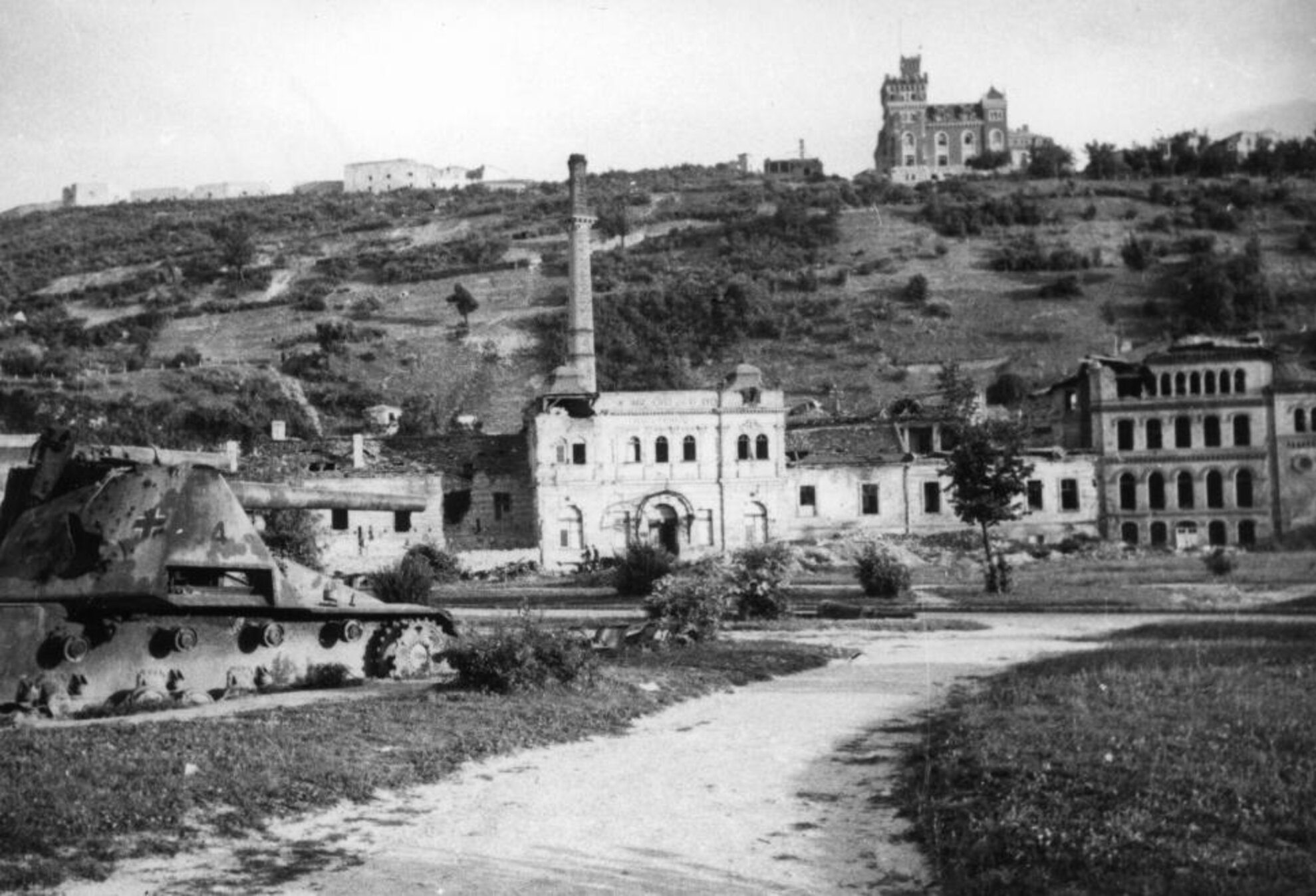
Church of Maria Magdalena
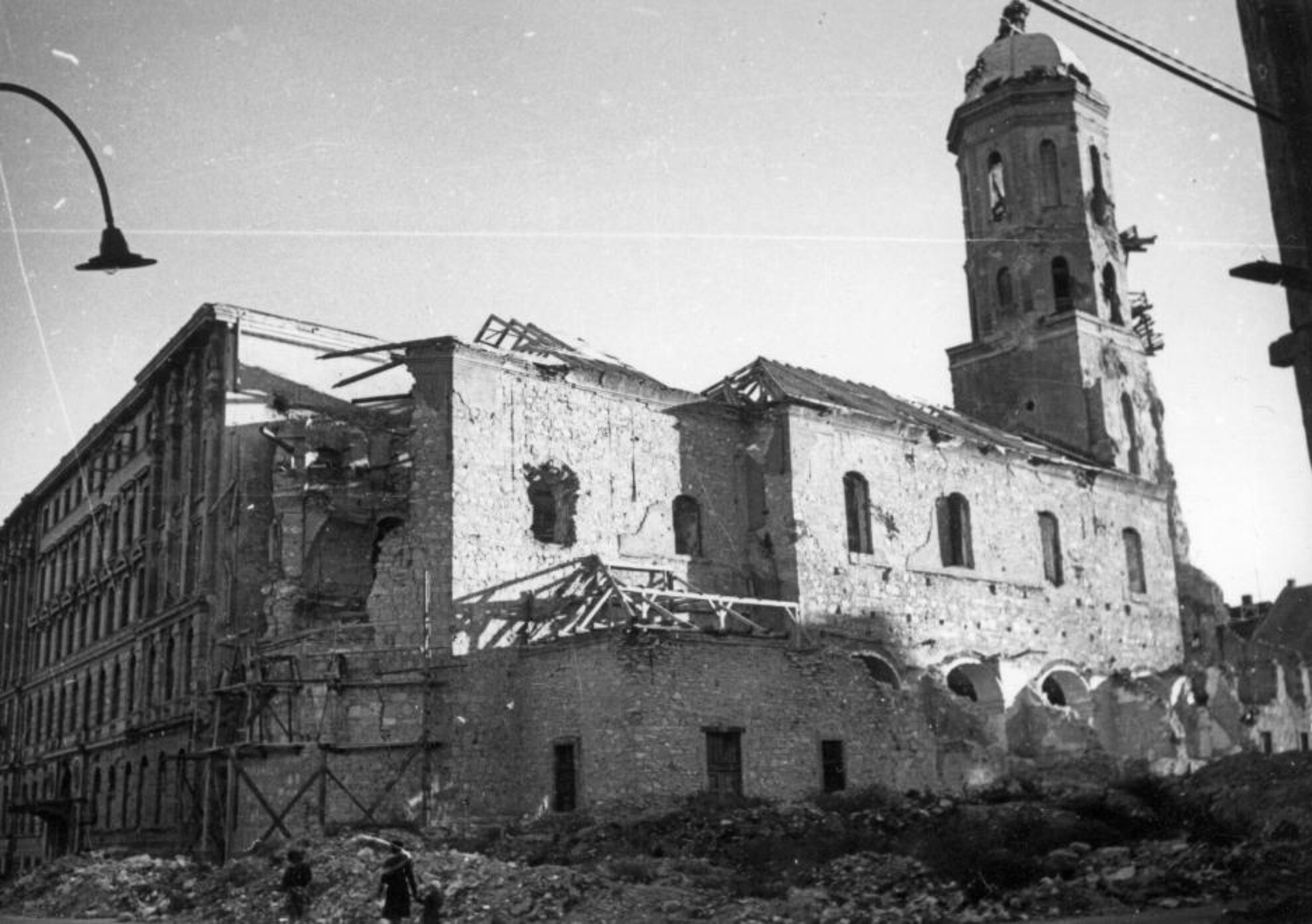
Szentháromság Square
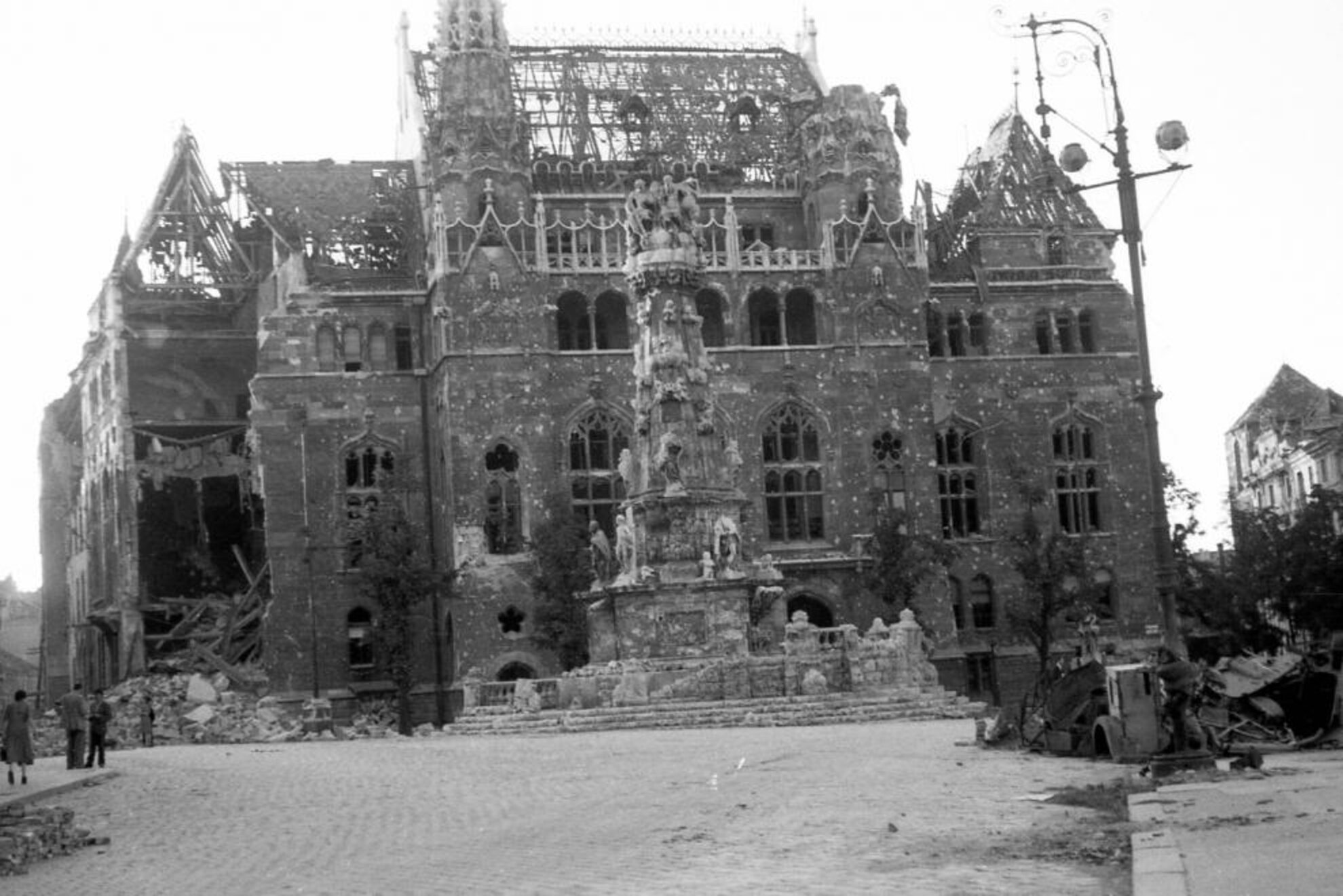
Matthias Church
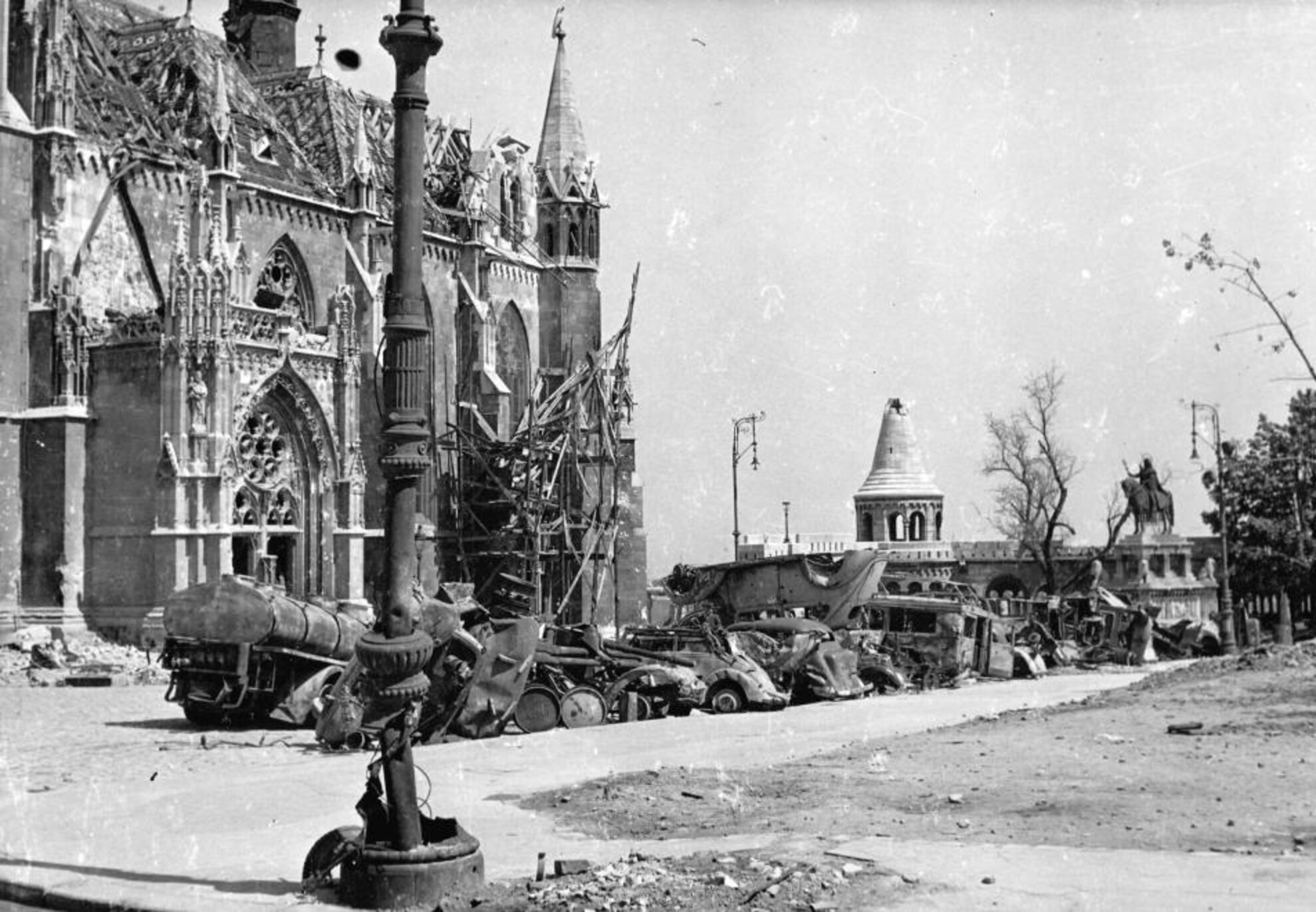
View from Fishermen's Bastion
